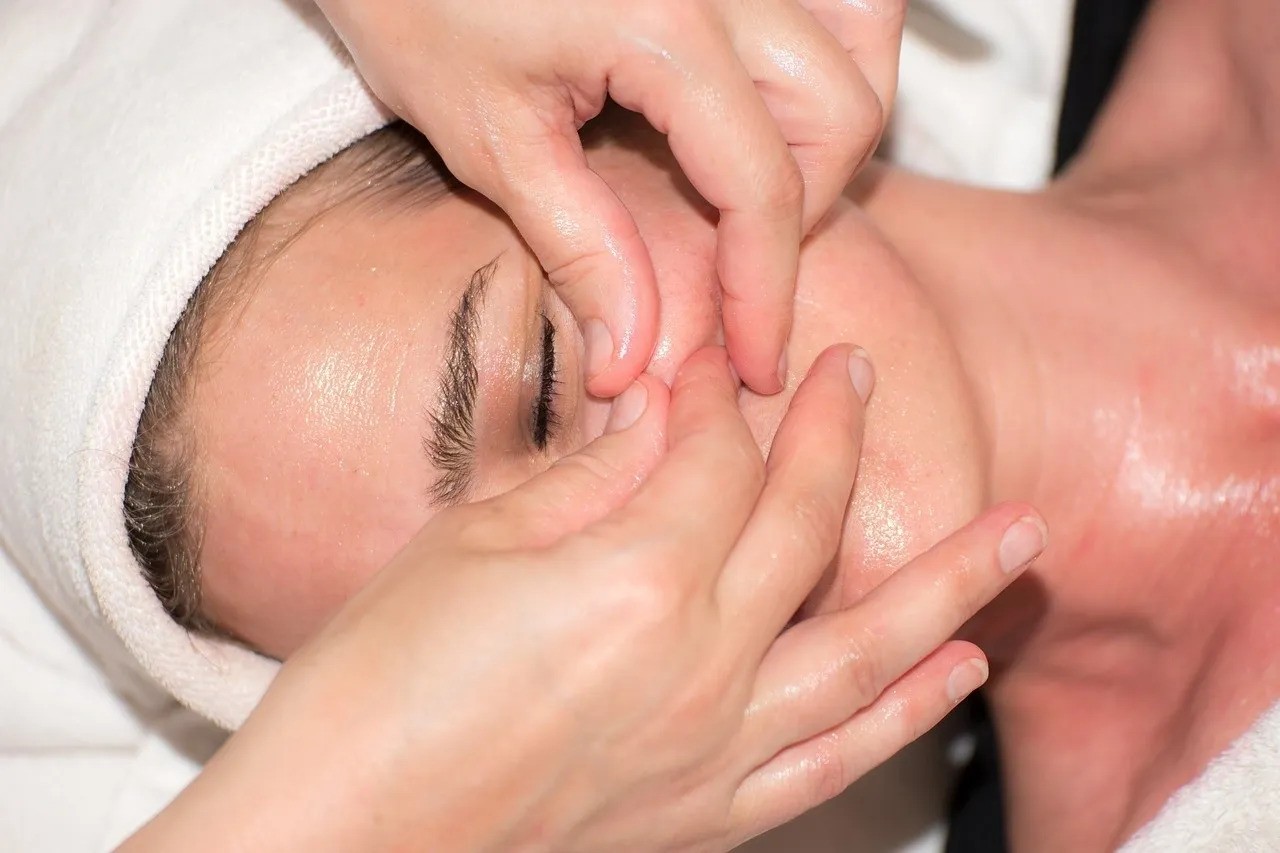Imagine unveiling a brighter, smoother version of your skin—one that feels refreshed, glows naturally, and absorbs your favorite skincare products like a dream. That’s the transformative power of exfoliation!
Far more than just scrubbing away dirt, exfoliation is a science-backed ritual that reveals your skin’s true potential. Whether you’re struggling with dullness, clogged pores, or uneven texture, the right exfoliation routine can be your ultimate skincare game-changer.
Ready to uncover the secrets to radiant, glowing skin? Let’s dive into the ultimate guide to exfoliation and learn how to unlock your skin’s glow!
What is Exfoliation?
Exfoliation is the process of removing dead skin cells from the outer layer of your skin, known as the stratum corneum. Dead skin can accumulate over time, leading to dullness, clogged pores, and uneven texture. Regular exfoliation helps refresh the skin’s surface and encourages cell turnover for a more youthful complexion.
Types of Exfoliation
There are two primary types of exfoliation:
- Physical Exfoliation:
- Involves manually scrubbing the skin with abrasive substances like scrubs, brushes, or sponges.
- Common physical exfoliants include sugar scrubs, facial brushes, and konjac sponges.
- Ideal for those who prefer instant results and have non-sensitive skin.
- Chemical Exfoliation:
- Uses acids or enzymes to dissolve dead skin cells without scrubbing.
- Common chemical exfoliants include:
- AHAs (Alpha Hydroxy Acids): Glycolic acid and lactic acid are ideal for dry or sun-damaged skin.
- BHAs (Beta Hydroxy Acids): Salicylic acid works well for oily and acne-prone skin.
- Enzymatic Exfoliants: Papaya and pineapple enzymes, gentle options for sensitive skin.
Choosing the Right Exfoliation Method
Selecting the right method depends on your skin type:
- Oily Skin: Chemical exfoliants like BHAs to unclog pores.
- Dry Skin: AHAs to hydrate and remove flaky patches.
- Sensitive Skin: Enzymatic exfoliants or ultra-gentle physical scrubs.
- Combination Skin: A mix of AHAs and BHAs applied selectively to problem areas.
Benefits of Exfoliation
1. Improved Skin Texture
- Removes uneven patches and rough areas, creating a smoother surface.
2. Brighter Complexion
- Encourages the removal of dull, dead skin, revealing fresh skin underneath.
3. Better Absorption of Skincare Products
- Clears the surface, allowing serums and moisturizers to penetrate more effectively.
4. Unclogged Pores
- Reduces the likelihood of acne and blackheads by preventing pore congestion.
5. Stimulation of Cell Renewal
- Promotes natural skin regeneration, helping reduce fine lines and pigmentation.
How to Exfoliate Correctly
- Start with a Clean Face:
Wash your face with a gentle cleanser to remove dirt and makeup. - Choose the Right Exfoliant:
Select a product suitable for your skin type and needs. - Apply Properly:
- For physical exfoliants: Gently massage in circular motions for 30 seconds. Avoid excessive pressure.
- For chemical exfoliants: Apply evenly using a cotton pad or fingers, leaving it on as directed.
- Frequency Matters:
- Dry/Sensitive Skin: Once a week.
- Oily/Combination Skin: 2-3 times a week.
Over-exfoliation can lead to irritation, redness, and sensitivity.
- Follow with Hydration:
Apply a moisturizer or hydrating serum post-exfoliation to lock in moisture and calm the skin.
Common Mistakes in Exfoliation
- Over-Exfoliating:
- Leads to skin barrier damage, redness, and irritation.
- Stick to recommended frequencies.
- Using Harsh Scrubs:
- Products with large, irregular particles (e.g., walnut shells) can cause micro-tears.
- Opt for finely milled scrubs or chemical exfoliants for gentler results.
- Skipping Sunscreen:
- Exfoliation makes your skin more susceptible to UV damage.
- Always apply sunscreen with at least SPF 30 during the day.
- Ignoring Skin Type:
- Using the wrong type of exfoliant can worsen skin concerns.
DIY Exfoliation Options
For those who prefer natural remedies, here are some DIY exfoliation ideas:
- Honey and Sugar Scrub:
- Mix 1 tablespoon of honey with 1 teaspoon of fine sugar for a moisturizing physical exfoliant.
- Yogurt and Oatmeal Mask:
- Combine plain yogurt with oatmeal for a gentle enzymatic exfoliation.
- Lemon and Baking Soda:
- Mix lemon juice with a pinch of baking soda for a brightening effect (use sparingly).
Exfoliation and Skin Conditions
If you have specific skin conditions, exfoliation requires extra care:
- Acne-Prone Skin:
- Use BHAs to prevent pore clogging. Avoid physical scrubs that may aggravate inflammation.
- Rosacea or Eczema:
- Stick to gentle enzymatic exfoliants and consult a dermatologist.
- Aging Skin:
- AHAs like glycolic acid can boost collagen production and reduce fine lines.
The Role of Exfoliation in a Complete Skincare Routine
Exfoliation is not a standalone step; it should fit seamlessly into your broader routine:
- Morning Routine:
- Cleanse → Apply SPF → Skip exfoliation unless instructed by a dermatologist.
- Evening Routine:
- Cleanse → Exfoliate → Use a nourishing serum or night cream.
- Weekly Additions:
- Incorporate exfoliation as a special treatment, followed by a hydrating mask.
Final Thoughts on Exfoliation
Exfoliation is a powerful tool in skincare, but it must be done thoughtfully. Understanding your skin type, using the right products, and avoiding common mistakes can ensure that exfoliation enhances your skin’s health without causing harm.
By incorporating exfoliation into your routine, you can enjoy smoother, brighter, and more youthful skin. Take the time to experiment and discover what works best for your unique needs, and remember: consistency and moderation are key to unlocking your best glow.




